“Cattle generate a lot of heat through ruminating, so they’re using a lot of energy to cool down, even when it’s cool for us,” says Nikki Yoxall, who grazes her beef cattle in north east Scotland by moving them regularly in a process known as ‘mob’ (mobile) grazing.
Heat stressed animals lose weight and condition, a problem not just in the welfare of livestock, but also potentially reducing the amount of meat produced from each animal.
Fortunately, 80 per cent of the land on which Yoxall grazes her herd is within wooded areas. Keeping livestock in woodland and orchards – one of the oldest forms of agriculture, known as silvopasture or silvio pasture – helps animals stay cool in the summer, warm in the winter, and out of predators’ gaze.
Better still, silvopasture has huge implications for the environment. Earlier this year, Defra published the ‘England Trees Action Plan’, recognising that, since ancient times, woodland has played an integral part in farming systems. The document outlines Defra’s intention to provide funds for farmers looking to step up their agroforestry efforts, including growing – and, importantly, managing – more woodland for carbon storage, also improving water retention and alleviating risks of soil erosion.

With the Amazon rainforest now emitting more carbon than it’s storing, largely driven by deforestation for soya destined for animal feed, it’s easy to criticise the lack of harmony between animal agriculture and forests. But where some methods of farming obliterate forest ecosystems, silvopasture helps nurture and restore them through animals’ natural grazing patterns and subsequent cycling of minerals. And while carbon storage is achievable on grassland, pastures in which trees are present sequester five to ten times the amount of carbon than those which are tree-less, according to Drawdown, a plan written to reverse global warming.
By strategically fencing in animals, farmers can create a multi-textured landscape of thickets, woodland, deadwood, open pasture, and so on, helping create a very high diversity of plants and wildlife. In warmer climates, livestock grazing on brush helps mitigate the chance of wildfires. Farmers in Catalonia, for instance, are encouraged to bring back the lost art of silvopasture, with a labelling system on meat products showing buyers they help tackle wildfires by purchasing them.

Nutrient cycling is perhaps silvopasture’s biggest asset, though. Matt Chatfield, an outspoken sheep farmer on the Cornwall/Devon border, has an obsession it would be fair to say the rest of us do not share – that of sheep poo. Observing what his Herdwick flock is digesting in his wood gives him some idea of what’s being returned to the soil and therefore contributing to the ecosystem at large.
“We’ve got Willow Tits in the wood,” Chatfield tells me, “which are Britain’s fastest declining bird. Devon Wildlife Trust have seen the way I’m farming, which is naturally helping the Willow Tits breed, so they’re giving me lots of support. They’ve given me a load of trees to plant.”
Often found on the menus of London’s Ikoyi, Lyle’s, Bao, Kiln, and Mangal II, chefs are already comparing Chatfield’s mutton to Jamón ibérico. Since July last year, he’s grazed his flock in mixed woodland, which he thinks, in the next five to ten years, will elevate his ‘cull yaw’ (ewes too old to breed) to the best meat in the world. “They’re really good at sniffing out what nutrients they need,” says Chatfield. “I’ve got five or six different plants in the field, but in the wood it’s more like 200.”
As well as mutton, Chatfield will eventually be producing hazelnuts, pears, and apples within his wood, in part to supplement grazing and adding a new layer of complexity to the mutton itself. But some farmers, like US-based fruit grower and orchardist Eliza Greenman, have discovered how livestock – in her case pigs – can support a primary crop such as fruit or nuts by doing “the job of an unskilled intern and depositing fertility in the process.”

A wide diversity in forage has other benefits. Also on the Cornwall/Devon border, Henry Andrews switched from a conventional farm to what he calls a ‘symbiotic’ method when he noticed how the grass grew better around the woodland at his farm. Trees have since come to play a vital role in his approach.
“Trees are tannin-rich,” says Andrews. “One study said they can reduce methane emissions by up to 70 per cent in ruminants. It’s also fantastic for the vet bills. For example, birch – that’s an astringent, so that helps with foot problems like lameness. We don’t have lame cattle anymore. Willow is a natural form of aspirin, so that helps with pain relief.”
Though woodland still needs to be managed, such as chopping down the odd tree to mimic beavers’ role in a woodland ecosystem, to work well silvopasture generally has to be left alone. “Last year,” says Chatfield, “some deer came in and nibbled some willow. I thought, for Christ’s sake, that’s ruined that. But then the next year where they’d eaten, it grew back a hundred times as dense. Now I’m more than happy for the deer to come in.”
Grazing with the right breeds helps too: the “wiley” Herdwicks are excellent natural foragers in woodland, while the robustness of Yoxall’s Shetland and White Galloway cattle lends themselves to being outside all year round.
If more farms were to adopt a silvopasture system, time would be their greatest challenge. Especially if they had no forest cover to start with, as it can take half a dozen years, if not more, to start seeing the benefits. As for the rest of us, we could start by getting over the unfair stigma tied to certain foods – like mutton – that are conducive to slower-grown regenerative farming. “We’re sitting on one of the world’s best meats,” Chatfield says. “And we just don’t realise it.”

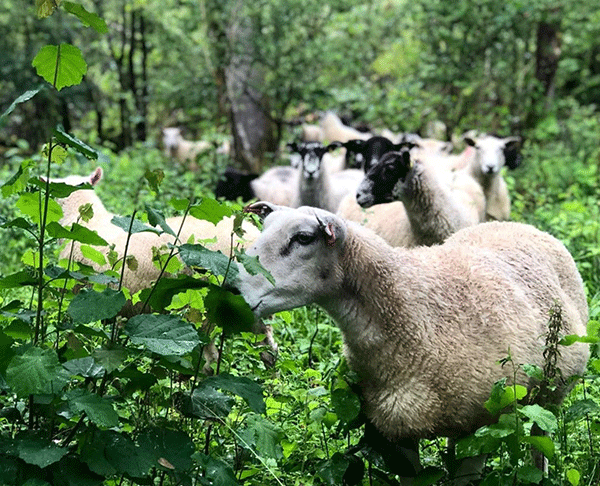
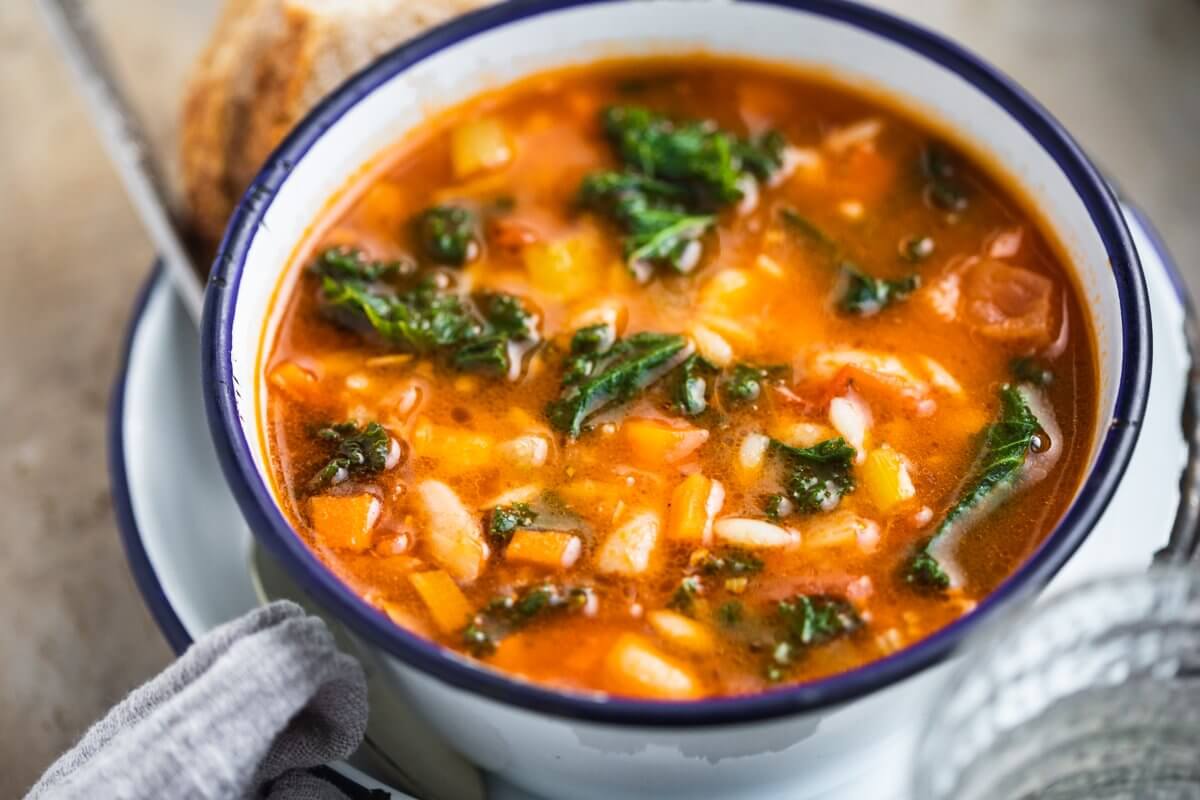
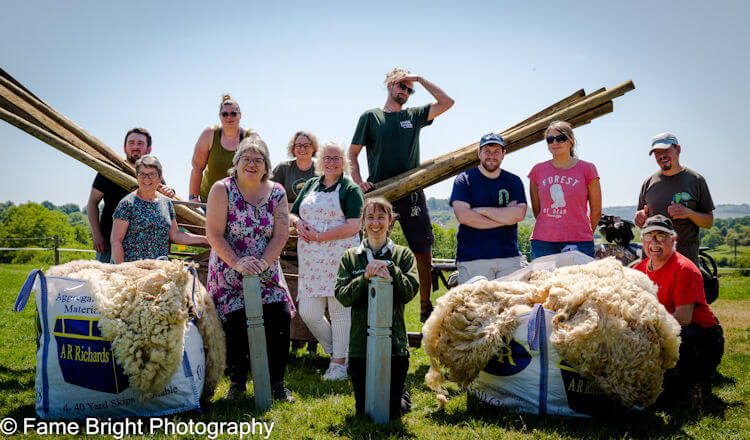
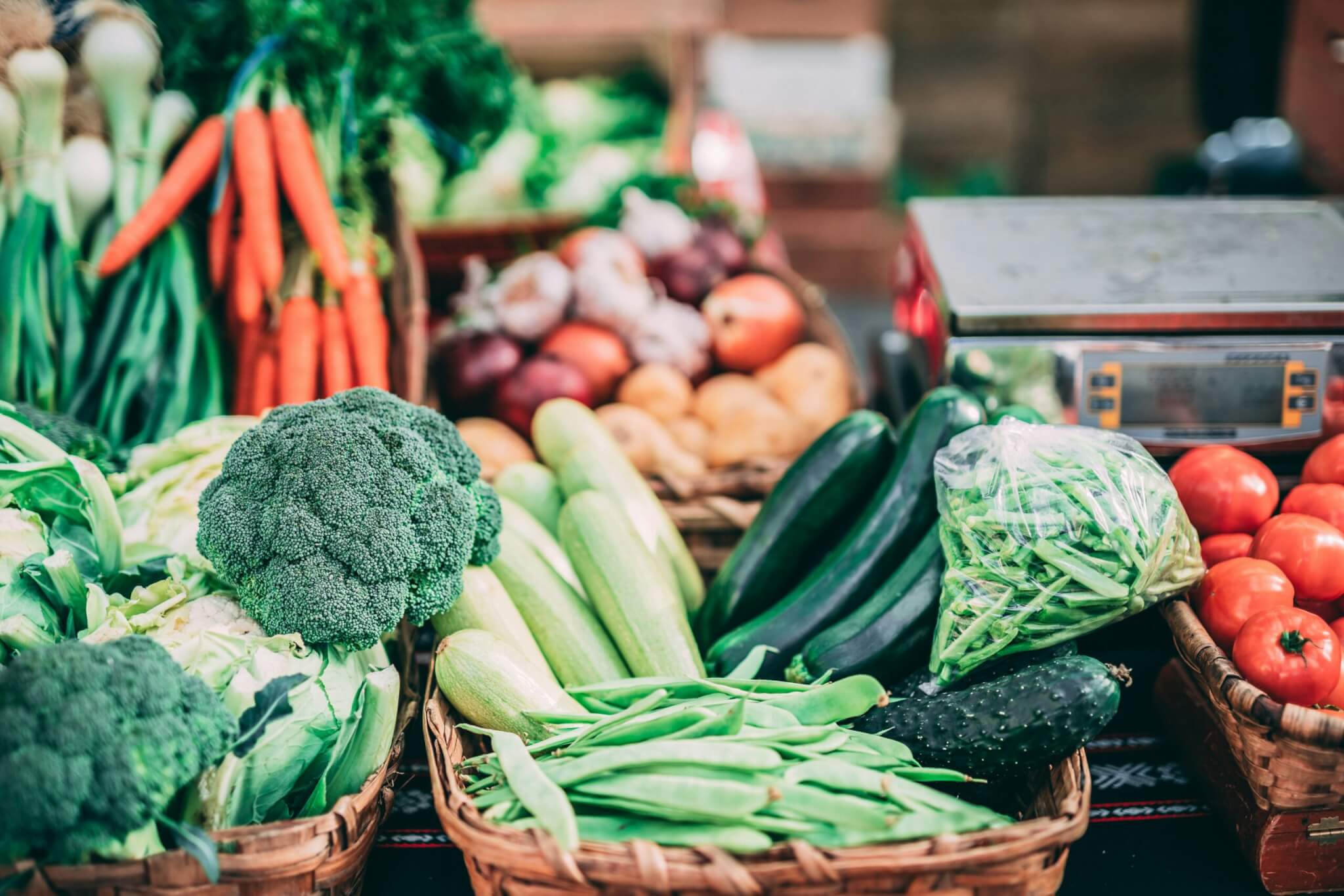
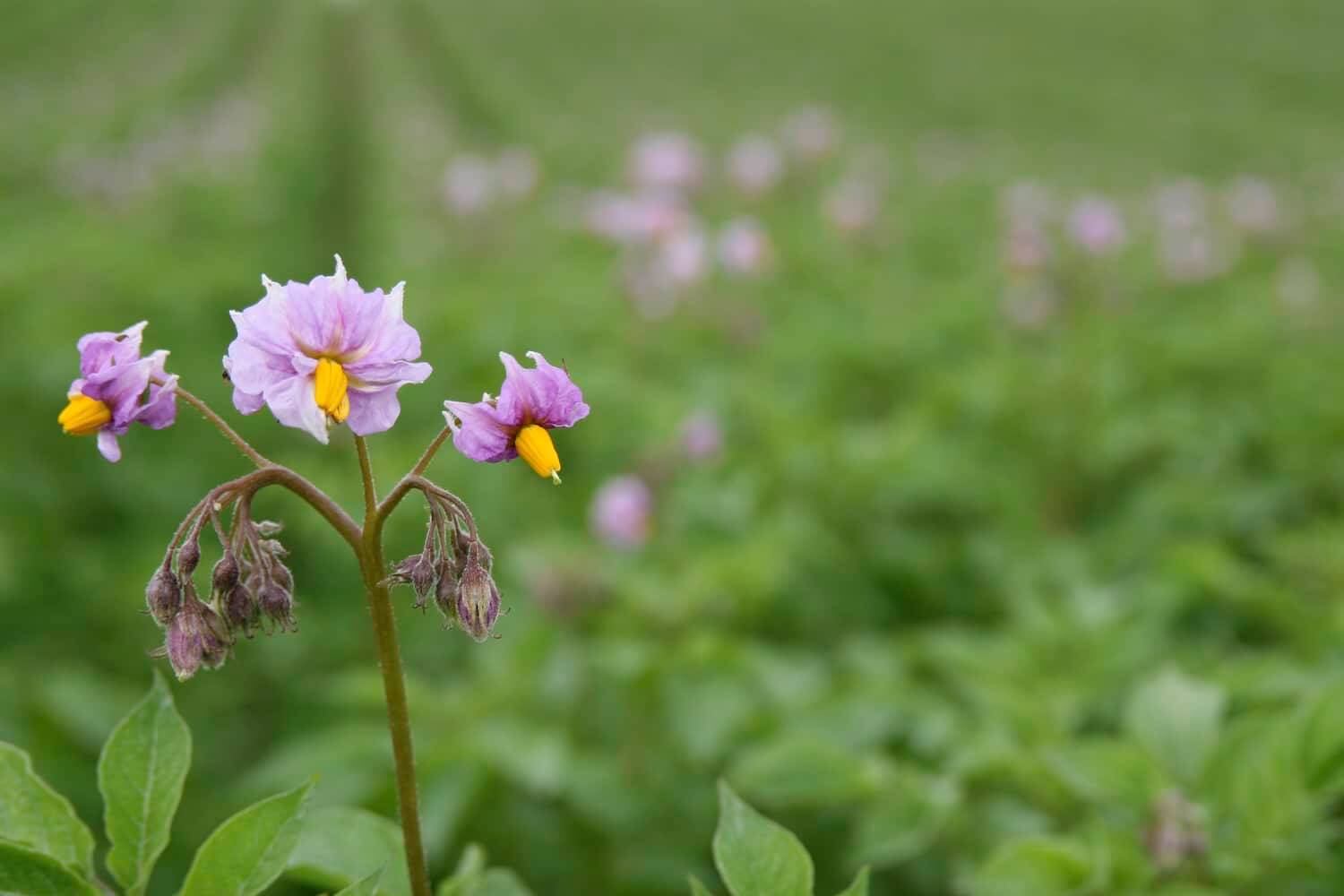




0 Comments